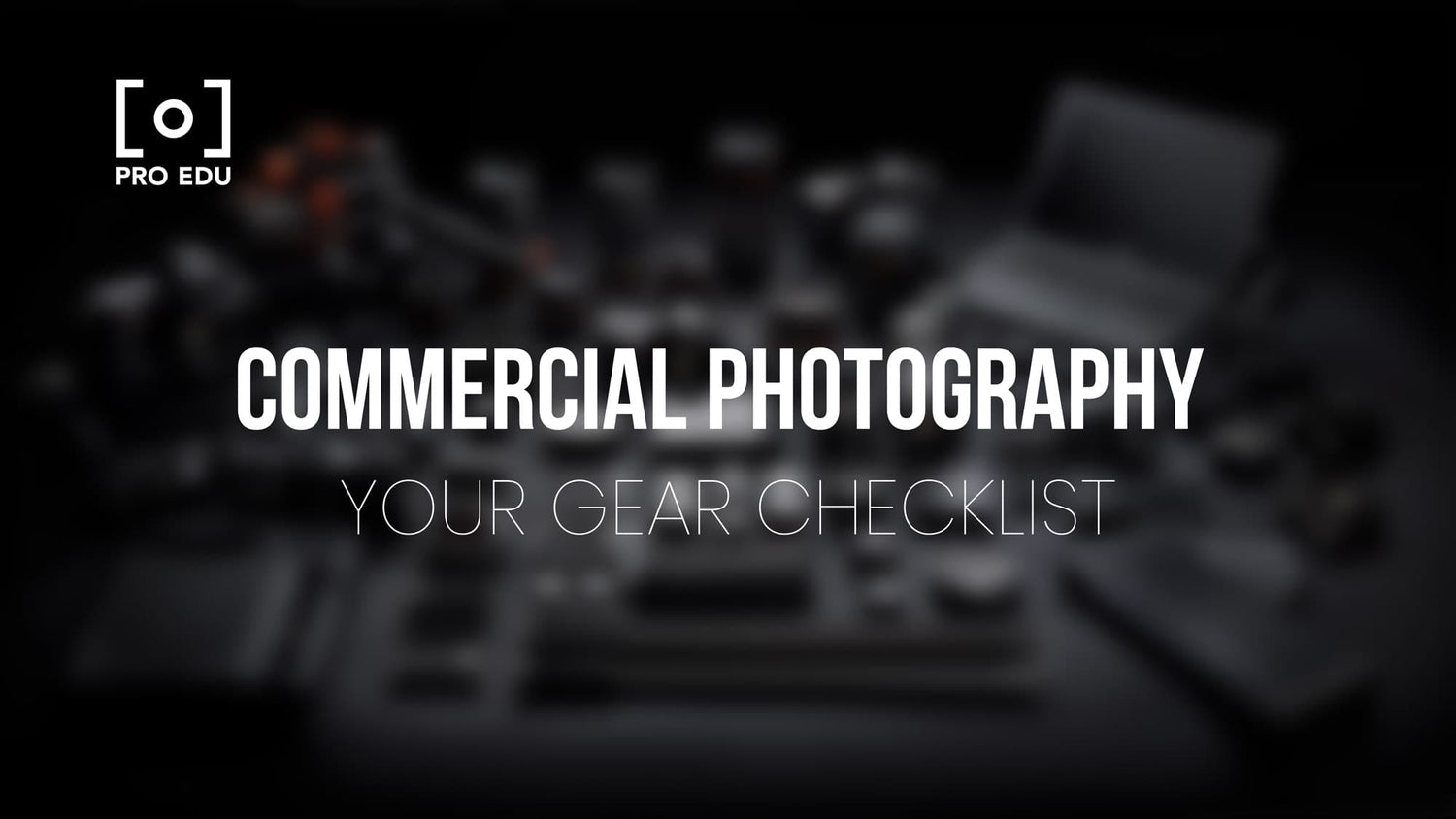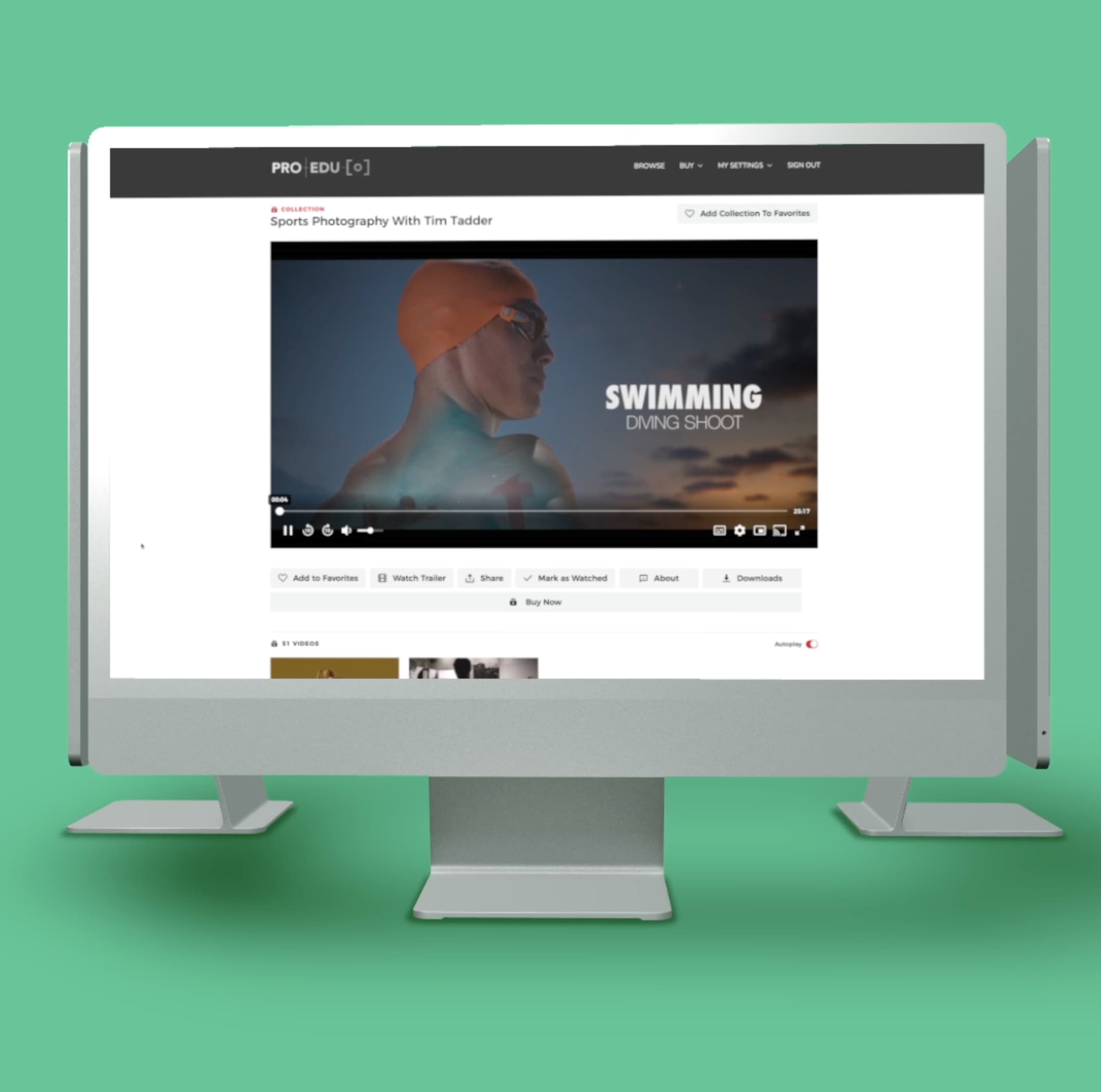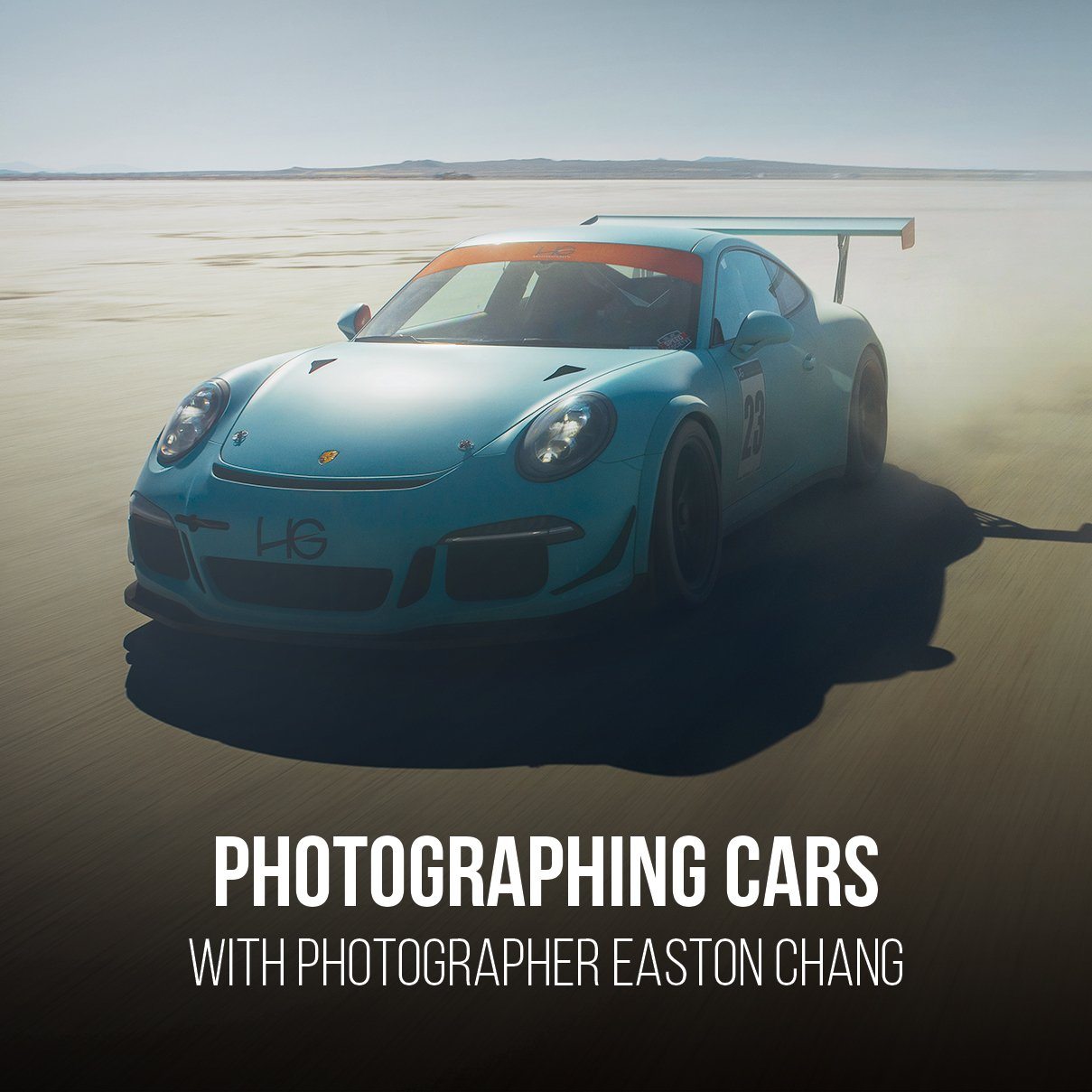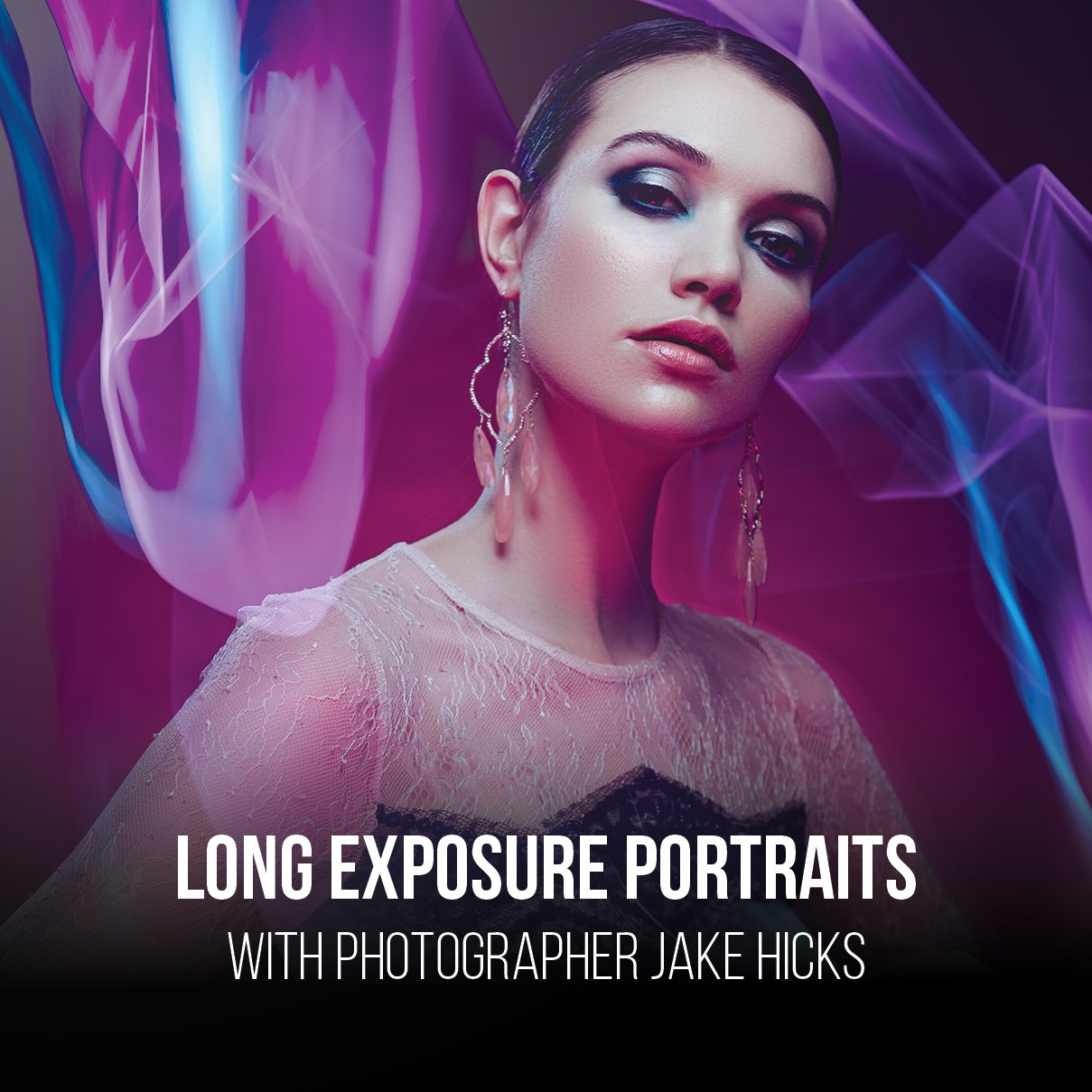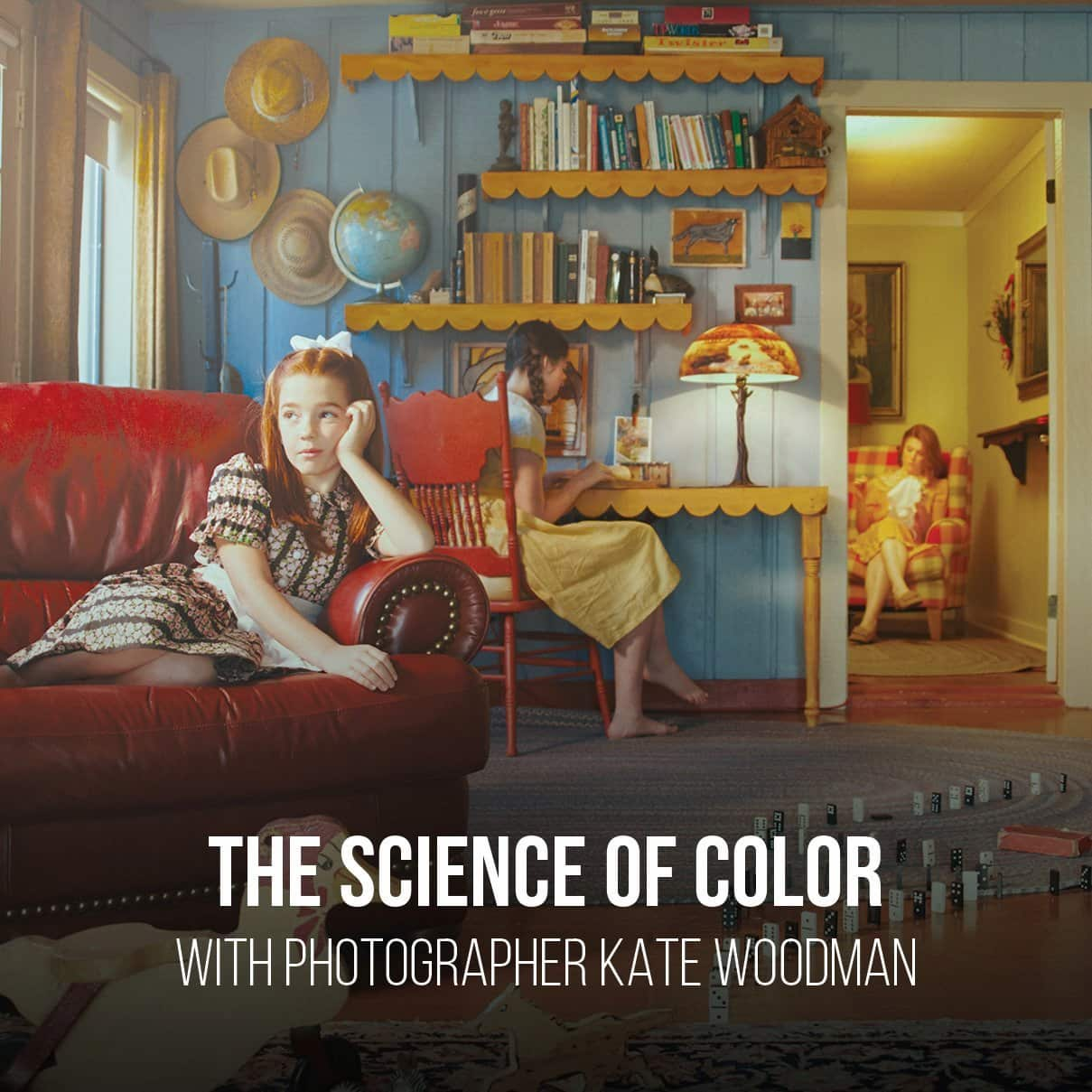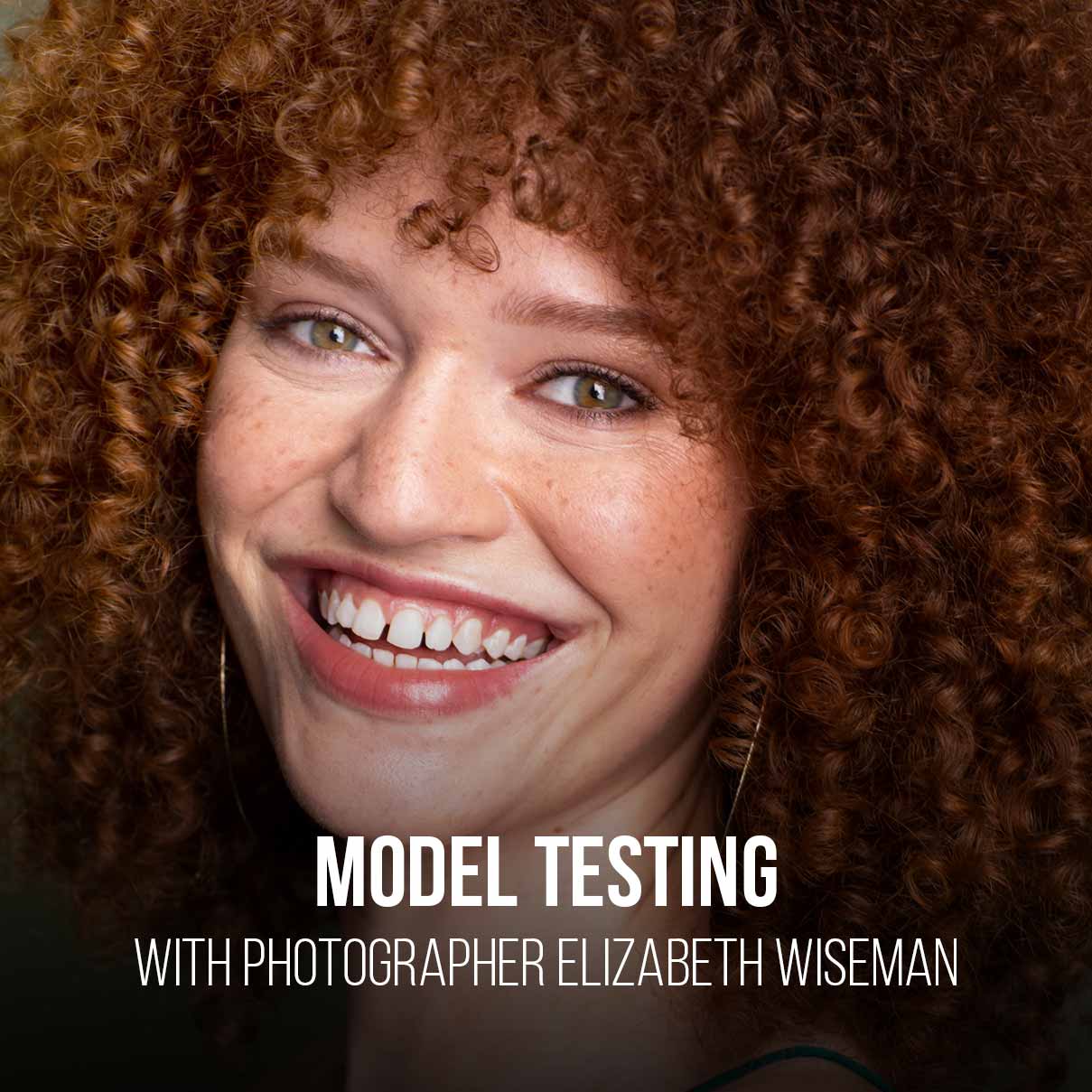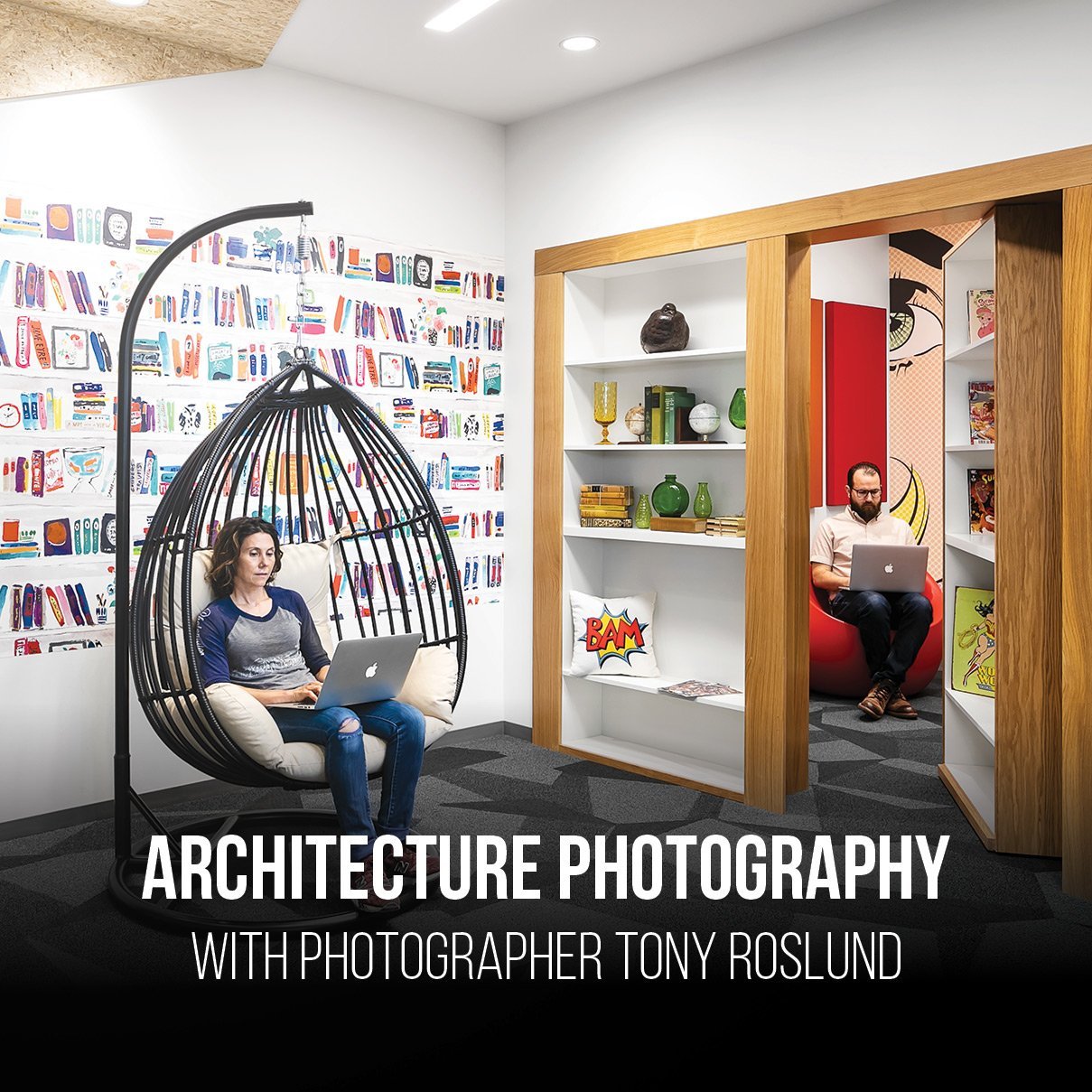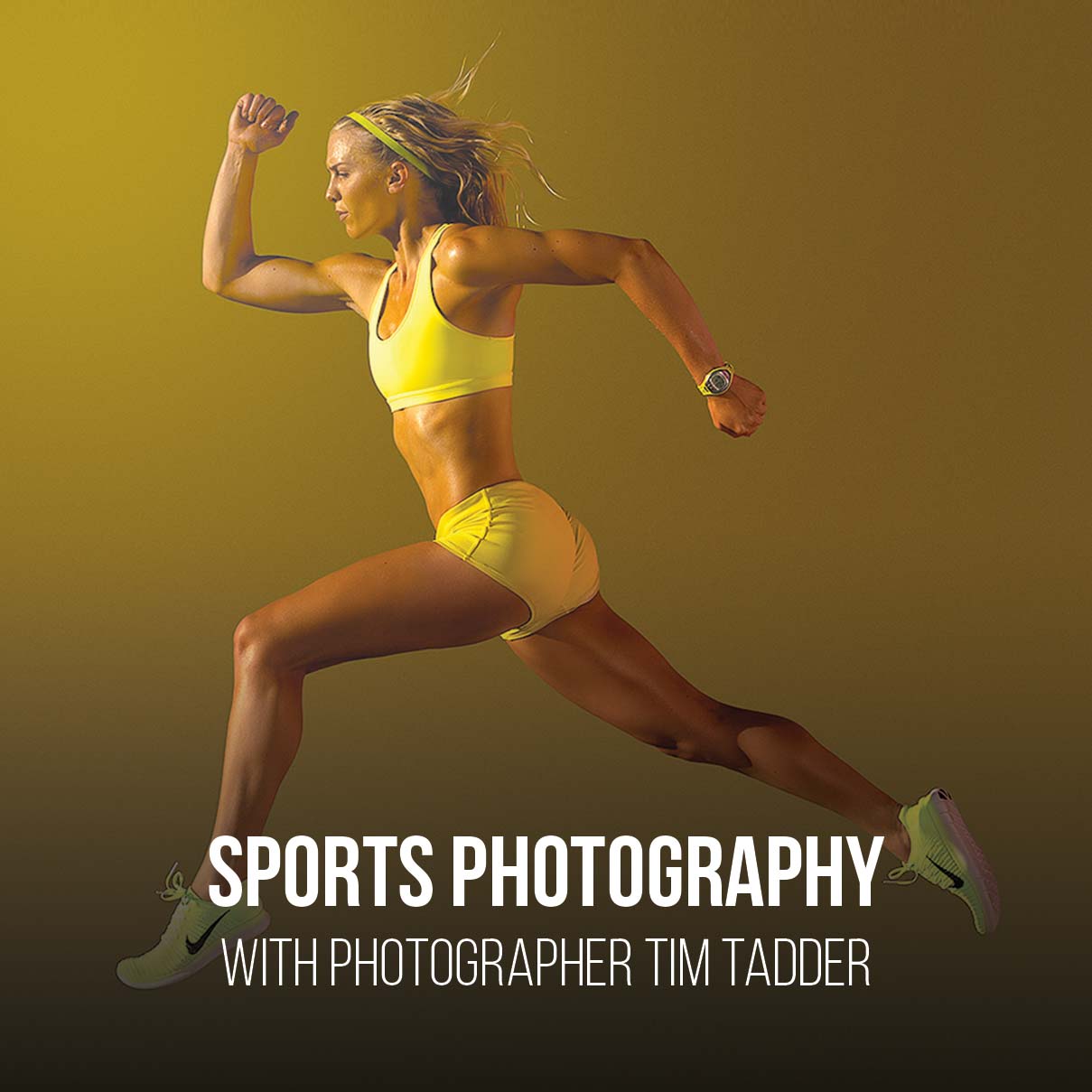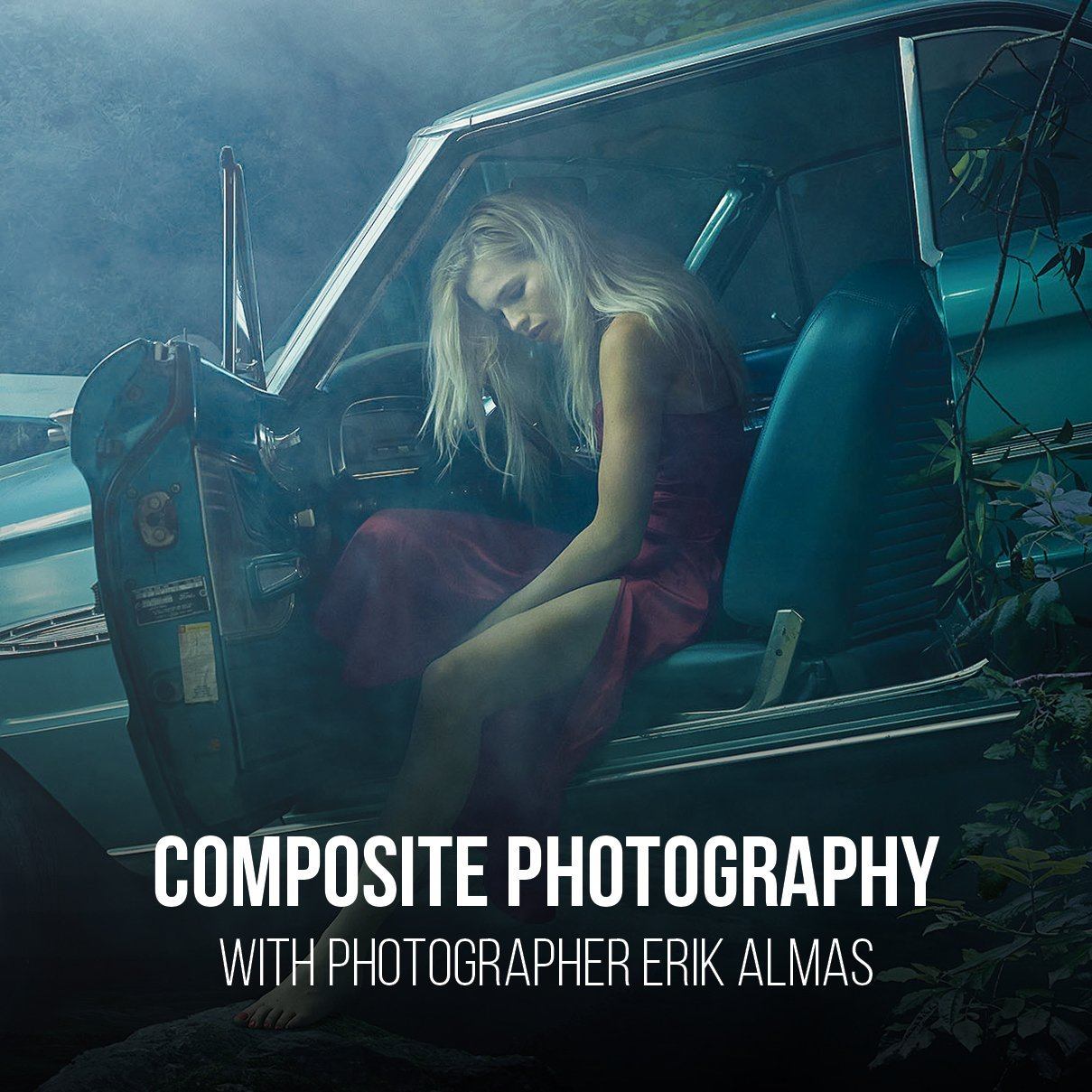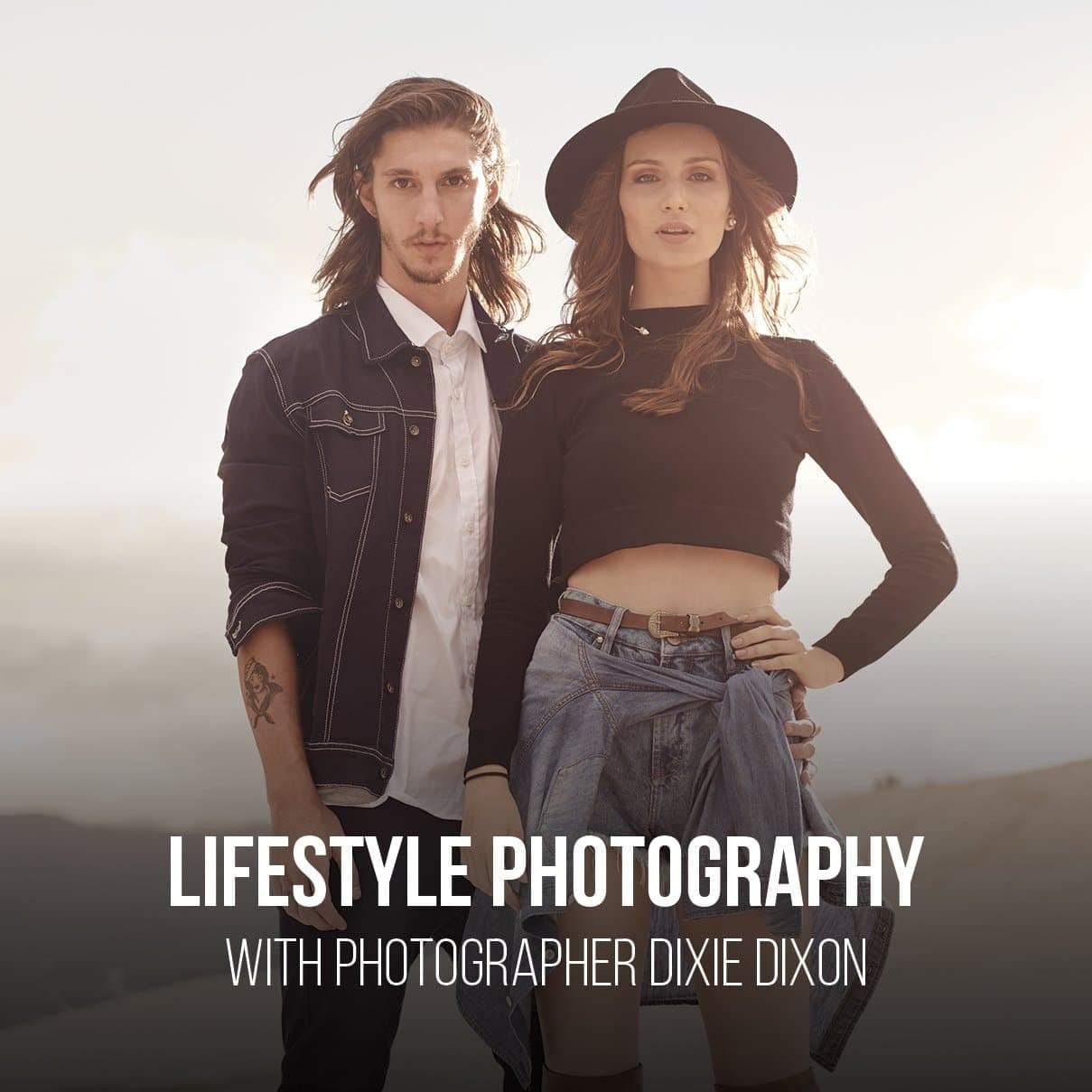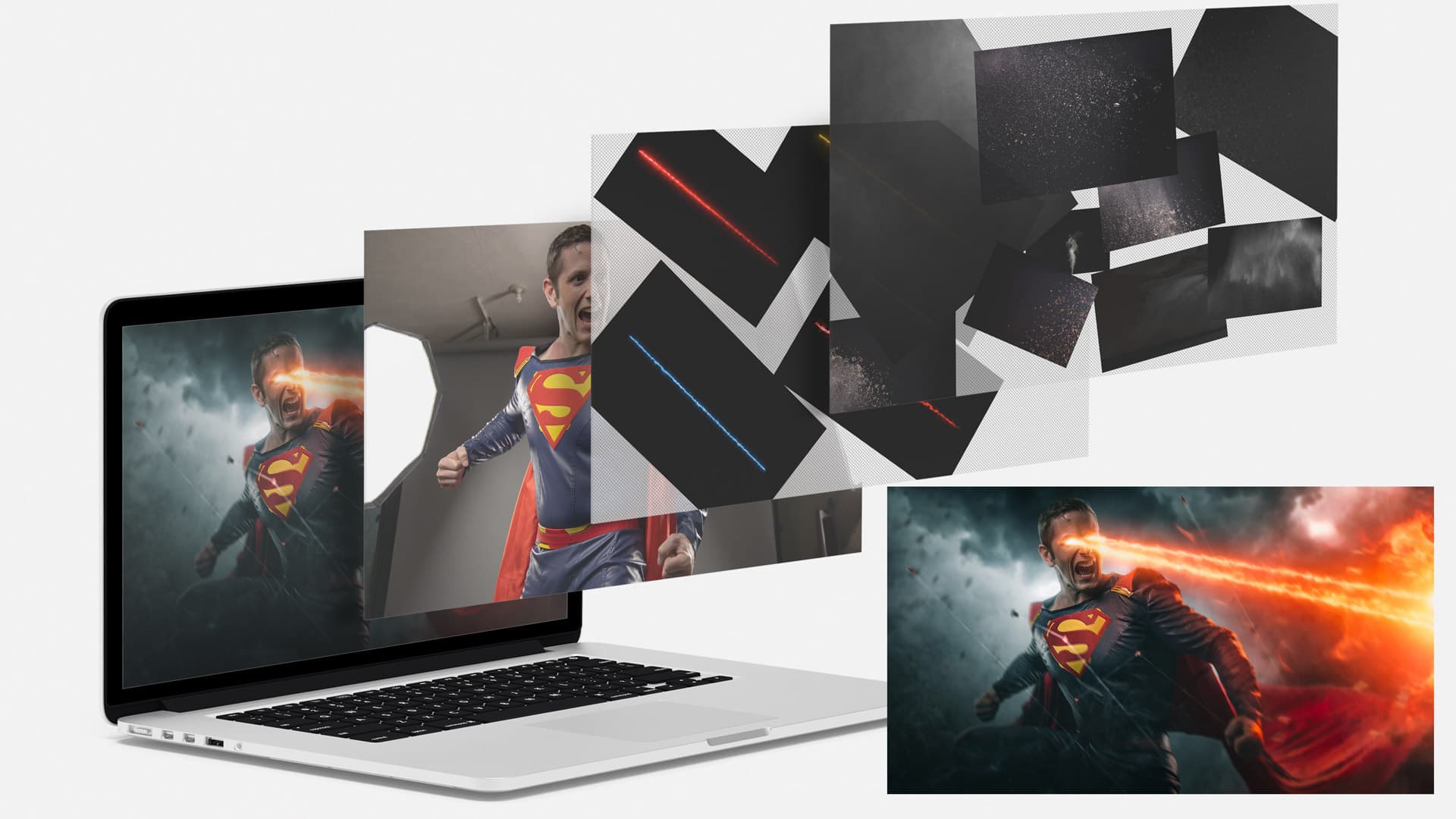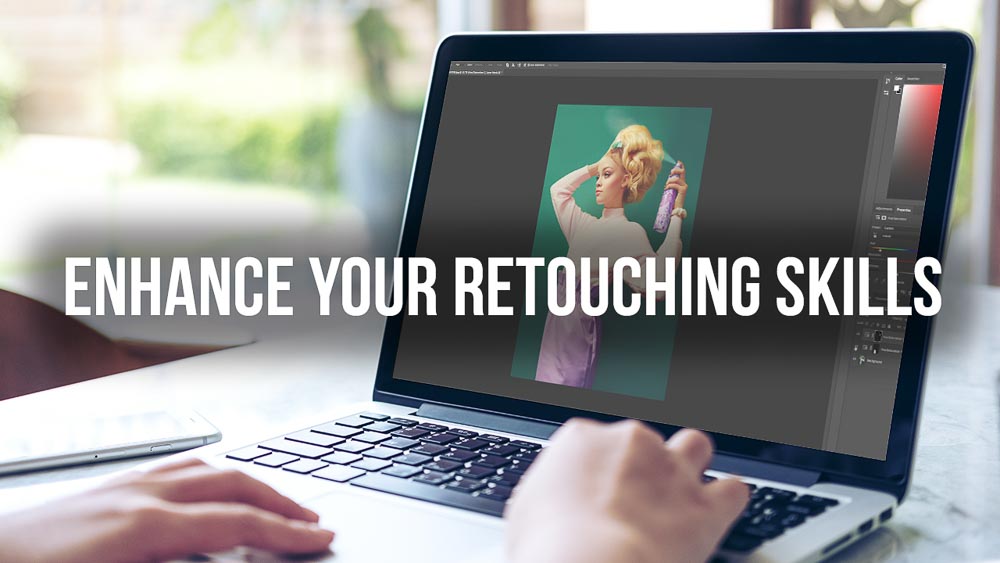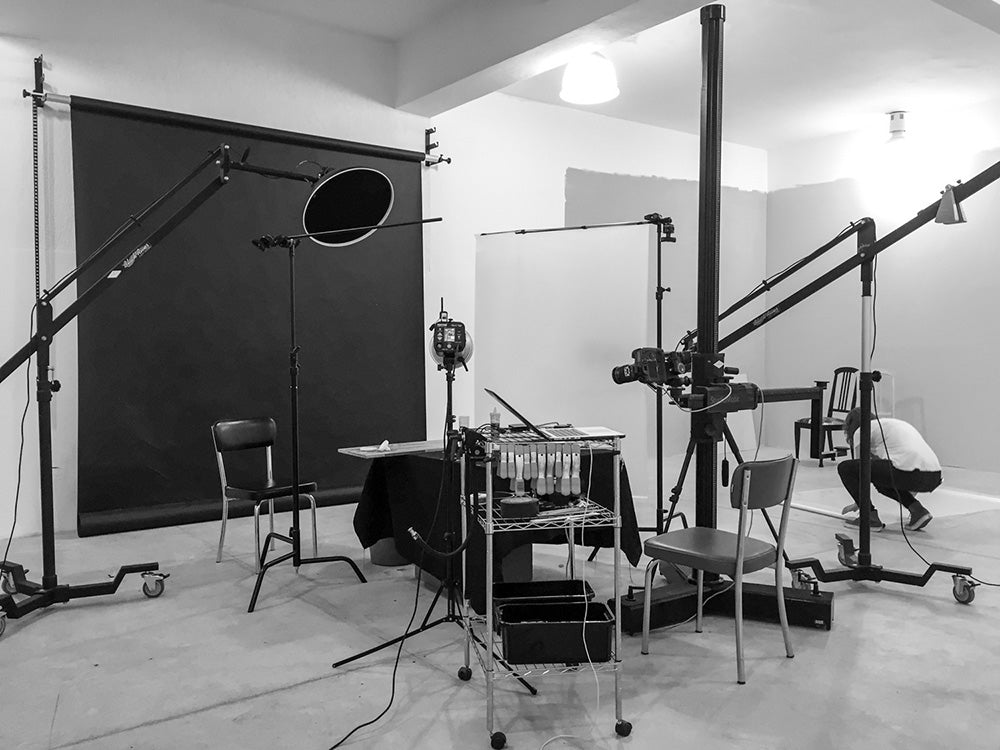Se lancer dans la photographie commerciale ne se résume pas seulement à avoir l'œil pour prendre de belles photos. Il s'agit d'un exercice d'équilibre complexe entre prouesse créative et savoir-faire technique.
Nous savons que le bon équipement peut considérablement simplifier le flux de travail et améliorer la qualité du produit final. C'est pourquoi une liste de contrôle du matériel bien pensée est primordiale. Savoir quel équipement est vraiment essentiel peut faire la différence entre un processus fastidieux et une séance photo sans accroc.
Lorsque nous examinons les éléments essentiels du matériel de photographie commerciale, nous devons tenir compte des exigences variées des différents projets. Il est essentiel non seulement d'accumuler des appareils photo et des objectifs de haute qualité, mais également d'intégrer un éclairage, des accessoires et des outils d'édition adaptés à la nature dynamique des missions commerciales.
L’établissement d’une liste de contrôle claire garantit que nous sommes toujours préparés, quel que soit le lieu ou le sujet, et contribue à maintenir l’intégrité de notre activité de photographie.
Principaux points à retenir
- La sélection du bon équipement rationalise le flux de travail du photographe et garantit des résultats de meilleure qualité.
- Une liste d'équipement complète répond aux différentes exigences du projet, du tournage à la post-production.
- Une préparation avec un équipement approprié soutient le succès et la réputation d’une entreprise de photographie.
Comprendre la photographie commerciale
En photographie commerciale, notre succès repose sur des spécialités distinctes, une identité de marque forte et des stratégies marketing efficaces . Explorons ces piliers clés pour garantir que notre travail se démarque sur un marché encombré.
Définir votre spécialité en photographie
Nous devons d’abord identifier notre niche dans le vaste domaine de la photographie commerciale. Que nous nous concentrions sur la photographie de produits , de mode, de nourriture ou d’architecture, la spécialisation nous permet de perfectionner notre art et de répondre aux besoins spécifiques de nos clients. Construire un portfolio qui met en valeur notre spécialité reflète non seulement notre expertise, mais attire également la clientèle correspondant à notre niche choisie.
Construire une marque de photographie forte
L'essence de notre marque reflète qui nous sommes et ce que nous représentons dans le secteur de la photographie commerciale. Développer notre marque implique bien plus qu'un simple logo ou un style ; il s'agit de créer une expérience cohérente sur tous les points de contact, de notre site Web à nos cartes de visite. Une marque cohérente renforce la confiance et nous rend facilement reconnaissables auprès des clients potentiels.
Stratégies marketing pour les photographes
Notre plan marketing est le moteur qui fait avancer notre entreprise. Il doit englober diverses tactiques, de la présence sur les réseaux sociaux et du réseautage au référencement et à la sensibilisation directe. En intégrant ces approches à une compréhension claire de notre public cible, nous garantissons que nos efforts de marketing nous connectent efficacement à ceux qui ont besoin de nos services spécialisés.
Grâce à une stratégie marketing robuste, nous transformons notre marque et notre portefeuille en puissants outils de croissance et de reconnaissance.
Équipement photographique essentiel
Avant de nous plonger dans les détails, il est essentiel de comprendre que le bon équipement constitue l'épine dorsale de la photographie commerciale. Nos choix d'équipement peuvent avoir un impact significatif sur la qualité des images finales et l'efficacité de notre flux de travail.
Choisir le bon système de caméra
Lorsque nous choisissons un système d'appareil photo, il est essentiel de considérer le type de photographie dans lequel nous allons nous spécialiser. Pour des images haute résolution et des performances exceptionnelles dans diverses conditions d'éclairage, les reflex numériques plein format sont la norme de l'industrie.
Les appareils photo sans miroir sont désormais tout aussi compétitifs, offrant un poids plus léger, des aperçus d'exposition en direct et une usure mécanique moindre en raison de l'absence de mécanisme de miroir. Par exemple, la plage dynamique et la profondeur de couleur de ces systèmes peuvent faire une différence substantielle en post-production.
Les lentilles et leurs utilisations créatives
Les objectifs sont sans doute aussi importants que l'appareil photo lui-même, car ils déterminent la composition et la sensation des images. Un kit polyvalent doit contenir :
- Objectifs grand angle : Idéal pour capturer des scènes vastes et des prises de vue architecturales.
- Verres standards : La référence pour un champ de vision naturel, parfait pour les portraits et l'utilisation générale.
- Téléobjectifs : Indispensables pour rapprocher avec netteté les sujets éloignés.
- Objectifs macro : permettent de capturer des détails en gros plan grandeur nature qui sont essentiels pour la photographie de produits.
Chaque objectif a ses utilisations créatives. Par exemple, un grand angle peut exagérer l’espace et la profondeur, tandis qu’un téléobjectif peut les compresser, affectant ainsi la façon dont nous transmettons notre sujet.
Importance des trépieds et des supports de qualité
Quelle que soit la stabilité de nos mains, nous aurons besoin d'un trépied fiable pour certaines prises de vue. Il ne s'agit pas seulement d'éviter le bougé de l'appareil photo ; un trépied robuste est essentiel pour cadrer les prises de vue avec précision, en particulier pour les expositions longues ou les panoramas.
Le trépied en fibre de carbone Gitzo GT2545T Series 2 Traveler est un choix privilégié parmi les professionnels pour son équilibre entre résistance et portabilité. De plus, les cardans et les monopodes offrent un soutien dans les scénarios de prise de vue plus actifs ou confinés.
Éclairage et accessoires
En photographie commerciale, l'éclairage n'est pas seulement une question de visibilité ; il s'agit de créer une ambiance, une atmosphère et de faire ressortir le meilleur du sujet. Notre boîte à outils doit être suffisamment polyvalente pour gérer n'importe quel scénario d'éclairage.
Maîtriser les techniques d'éclairage
Pour obtenir un contrôle créatif sur nos images, nous devons être experts dans l'utilisation de diverses techniques d'éclairage. Nous concevons des configurations d'éclairage complexes à l'aide de flashs et de stroboscopes , en appliquant nos connaissances sur les modificateurs de lumière , comme les boîtes à lumière et les parapluies, pour façonner et diriger la lumière.
Nous utilisons également régulièrement des réflecteurs pour combler les ombres et ajouter de la lumière si nécessaire. La compréhension des rapports de lumière, de la température de couleur et de la loi du carré inverse est indispensable pour produire des photographies commerciales cohérentes et de haute qualité.
Sélection du matériel d'éclairage
Nous sélectionnons soigneusement le matériel d'éclairage en fonction des besoins du projet. Nos principales considérations incluent :
- Puissance de sortie : La puissance des stroboscopes a un impact sur la mesure dans laquelle nous pouvons contrôler la lumière ambiante.
- Temps de recyclage : la rapidité est cruciale dans le travail commercial, c'est pourquoi des temps de recyclage rapides sont privilégiés pour réduire l'attente entre les prises de vue.
- Durabilité : Notre équipement doit résister à divers défis sur site ; une construction robuste est essentielle.
- Compatibilité avec les modificateurs : Nous nous assurons que nos lumières fonctionnent bien avec la gamme de modificateurs dont nous pourrions avoir besoin.
Lors de nos missions, nous nous appuyons sur des marques de confiance et pouvons utiliser des déclencheurs à distance comme PocketWizard pour synchroniser nos lumières sans fil, améliorant ainsi notre capacité à être flexibles et réactifs.
Filtres photographiques indispensables
Les filtres sont les héros silencieux de notre équipement photographique. Ils nous offrent un contrôle créatif et garantissent la qualité de l'image. Liste des filtres que nous considérons comme essentiels :
- Filtres polarisants : Ces filtres éliminent l’éblouissement des surfaces réfléchissantes, enrichissent le bleu du ciel et améliorent les couleurs.
- Filtres à densité neutre : pour photographier avec des ouvertures plus larges dans des conditions lumineuses ou pour réaliser de longues expositions, ils sont indispensables.
Nous pouvons également utiliser d'autres filtres comme des filtres UV pour protéger nos objectifs et des filtres de couleur pour ajuster l'ambiance et la sensation de nos images. Les posemètres continuent de jouer un rôle essentiel dans notre flux de travail, nous aidant à obtenir des expositions précises.
L'essentiel sur place
Avant de nous plonger dans les éléments spécifiques, il est essentiel que nous emballions intelligemment pour le travail à accomplir. Nos essentiels sur place nous permettront d'être prêts à affronter toutes les conditions et de pouvoir effectuer nos tâches de photographie efficacement.
Préparer les bons vêtements pour chaque travail
Le choix de nos vêtements peut avoir un impact sur notre performance lors d'un tournage. Il faut porter des vêtements confortables qui nous permettent de bouger librement et de manipuler notre matériel avec aisance. Par exemple, les pantalons cargo à poches multiples sont pratiques, car ils nous permettent d'accéder rapidement aux bouchons d'objectif ou aux cartes mémoire.
Des chaussures avec une bonne adhérence sont indispensables, surtout lorsque nous travaillons sur un terrain accidenté. Enfin, une ceinture solide peut être un excellent ajout pour sécuriser les poches de matériel.
Se préparer à diverses conditions météorologiques
La météo peut être imprévisible, et il est essentiel d'être préparé pour réussir une séance photo. Nous devons toujours emporter un sac photo robuste et résistant aux intempéries comme un Lowepro, qui non seulement protège notre équipement mais peut également résister à diverses conditions.
- Journées ensoleillées : apportez toujours une paire de lunettes de soleil fiables et un chapeau pour vous protéger des rayons du soleil.
- Jours de pluie : Une housse de pluie pour appareil photo est indispensable pour garder notre matériel au sec. Elle est compacte et peut facilement se glisser dans notre sac.
- Journées froides : superposer nos vêtements peut nous aider à conserver la chaleur corporelle tout en nous permettant de retirer des couches si nous avons trop chaud. Les gants conçus pour les photographes permettent une dextérité tout en gardant nos mains au chaud.
En nous concentrant sur l’essentiel, comme un sac photo bien choisi et des vêtements adaptés à la météo, nous nous préparons au succès dans le domaine de la photographie commerciale.
Processus post-photographie
Après la prise de vue, nous entrons dans la phase critique de peaufinage de nos visuels. Ici, nous perfectionnons nos images grâce à des processus post-photographie détaillés, en nous concentrant sur des flux de travail de retouche photo percutants et sur les subtilités des techniques de retouche de base et avancées.
Flux de travail efficaces pour l'édition de photos
Lorsque nous parlons de retouche photo , nous insistons sur la nécessité d'un flux de travail structuré. Nous gérons nos images méticuleusement dans Adobe Lightroom , reconnaissant son rôle de logiciel de retouche essentiel dans notre domaine. Notre flux de travail suit généralement les étapes suivantes :
- Importation et sauvegarde : La sauvegarde de notre travail est primordiale.
- Trier et catégoriser : l’organisation est la clé de l’efficacité.
- Réglages de base : y compris l'exposition, le contraste et la balance des blancs.
- Modifications détaillées : où nous appliquons notre compréhension de la théorie des couleurs et de la composition pour améliorer l'attrait visuel.
En adhérant à un processus défini, nous évitons tout oubli et garantissons que notre résultat final répond systématiquement aux normes élevées de la photographie commerciale.
Notions de base et techniques avancées de retouche
Une retouche efficace peut transformer une bonne photo en une excellente photo. Pour nous, la retouche est une forme d'art qui nécessite un œil attentif et une solide maîtrise des techniques avancées. Nous abordons généralement les bases en premier, telles que :
- Suppression des imperfections
- Réglage de la balance des couleurs
- Affiner le contraste
Ensuite, nous passons à des techniques plus sophistiquées qui peuvent inclure :
- Séparation de fréquence pour un travail de peau détaillé
- Esquiver et brûler pour la manipulation de la plage dynamique
- Étalonnage des couleurs pour définir le ton et l'ambiance de l'image
Connaissant la dynamique nuancée de la lumière et de l’ombre, nous exploitons ces techniques pour sculpter nos images dans leur forme finale, prête à être livrée au client.
Considérations commerciales et juridiques
Lorsque nous nous lançons dans la photographie commerciale, la gestion des aspects commerciaux et juridiques est cruciale. Veiller à ce que nos contrats soient infaillibles, comprendre les licences et fixer le prix de nos services avec précision contribuera à établir la confiance avec nos clients et à protéger notre travail.
Créer un contrat de photographie solide
Nous avons besoin d’un contrat complet qui décrit l’étendue des travaux, les délais de livraison et les conditions de paiement. Notre contrat doit également inclure des politiques d’annulation et des limitations de responsabilité pour protéger les deux parties. En ayant un contrat de photographie clair et complet , nous atténuons les risques liés aux projets commerciaux et garantissons la clarté dans toutes les interactions commerciales.
Comprendre les droits de licence et d'utilisation
Les droits de licence et d'utilisation peuvent être complexes, mais ils constituent la base de notre activité de photographie commerciale. Nous devons spécifier les types d'utilisation (comme commerciale, éditoriale ou personnelle) et la durée de la licence. Indiquez clairement si le client obtient des droits exclusifs ou si nous conservons la possibilité de concéder les images sous licence à d'autres parties. En sensibilisant les clients aux principes fondamentaux de la photographie composite et aux droits d'utilisation, vous renforcez la confiance et évitez les conflits futurs.
Tarification de vos services de photographie
La détermination du prix de nos services exige un équilibre entre notre niveau de compétence, les tarifs du marché et les spécificités du projet. Nous devons tenir compte du coût de notre temps, de notre équipement et de nos dépenses. Il est utile de proposer différents forfaits de prix pour répondre aux différents besoins des clients.
Veiller à ce que nos prix soient clairs et justifiables contribue à maintenir le professionnalisme de notre entreprise et à éviter les malentendus sur le matériel de photographie professionnelle et son impact sur les prix.
Entretenir son matériel photographique
Lorsqu'il s'agit d'entretenir notre équipement photographique, nous comprenons qu'un nettoyage régulier et un entretien approprié sont essentiels pour garantir la longévité et les performances de notre équipement.
Nettoyage
Pour l'équipement photo , une routine que nous suivons comprend :
- Entretien des verres : Nous utilisons une brosse pour verres et un chiffon en microfibre pour éliminer délicatement la poussière et les traces de doigts des verres. Le liquide de nettoyage pour verres peut aider à éliminer les taches tenaces.
- Nettoyage du capteur : Il arrive parfois que nos capteurs d'appareil photo nécessitent un nettoyage. Nous utilisons un kit de nettoyage de capteur avec précaution ou nous le confions à des professionnels pour éviter tout dommage.
Matériel d'éclairage
- Dépoussiérage régulier : Les brosses douces sont parfaites pour enlever la poussière de notre matériel d'éclairage.
- Vérifications des câbles : Nous inspectons les câbles pour détecter tout signe d'usure et les remplaçons si nécessaire pour éviter les risques électriques.
Listes de contrôle de maintenance
- Corps de l'appareil photo : nous vérifions les mises à jour du micrologiciel et l'état de la batterie.
- Lentilles : Nous veillons à ce que toutes les pièces mobiles fonctionnent correctement.
Une simple liste de contrôle nous aide à suivre nos routines de maintenance :
| Fréquence | Pièce d'équipement | Action |
|---|---|---|
| Hebdomadaire | Boîtier et objectifs de l'appareil photo | Dépoussiérage et inspection visuelle |
| Mensuel | Capteur et verre d'objectif | Nettoyage avec des outils appropriés |
| Biannuellement | Matériel d'éclairage et de soutien | Nettoyage en profondeur et contrôle opérationnel |
| Selon les besoins | Tout l'équipement | Mises à jour du firmware, vérifications de la batterie |
Il est essentiel de stocker notre équipement dans un environnement contrôlé, en le protégeant des températures et de l'humidité extrêmes, comme conseillé dans Guide du débutant sur l'entretien du matériel photographique , en le gardant prêt pour notre prochaine prise de vue.
En adhérant à ces pratiques de maintenance, nous contribuons à préserver l’intégrité de notre équipement photographique et garantissons que nous sommes toujours prêts pour nos missions de photographie commerciale.
Équipement avancé pour des besoins spécifiques
Chaque genre de photographie commerciale présente son lot de défis nécessitant un équipement spécifique. Nous vous guiderons à travers l'équipement essentiel adapté aux voyages, aux conditions de faible luminosité et à la photographie de mariage pour vous assurer d'être prêt à faire face à toutes les situations.
Considérations sur la photographie de voyage
En matière de photographie de voyage , nous privilégions la portabilité et la polyvalence. Un trépied robuste n'est pas négociable : il doit être léger mais durable. Les trépieds en fibre de carbone offrent un excellent équilibre entre résistance et poids, ce qui les rend idéaux pour les longues randonnées. De plus, un réflecteur 5 en 1 est indispensable en raison de sa conception compacte qui offre diverses options d'éclairage en déplacement.
-
Équipement de photographie de voyage essentiel :
- Trépied léger et robuste
- Réflecteur multifonctionnel 5 en 1
- Sac pour appareil photo résistant aux intempéries
Équipement pour les conditions de faible luminosité
Dans des conditions de faible luminosité, le bon équipement peut faire toute la différence. Nous nous appuyons sur des objectifs lumineux à grande ouverture, comme f/1,4 ou f/2,8, qui permettent à davantage de lumière d'atteindre le capteur et aident à capturer des images nettes sans augmenter trop l'ISO. Un trépied est également essentiel ici : il stabilise l'appareil photo pour les expositions longues, éliminant le risque de flou dû à la prise de vue à main levée.
-
L'essentiel de l'équipement en cas de faible luminosité :
- Objectifs rapides (f/1,4, f/2,8)
- Trépied robuste pour des expositions longues et stables
Équipement spécial pour les photographes de mariage
Les photographes de mariage ont besoin d'un équipement capable de gérer un environnement dynamique et rapide. Un réflecteur 5 en 1 est essentiel pour gérer l'éclairage imprévisible, en particulier lors de la prise de vue de portraits. Parallèlement à cela, un flash fiable qui peut être synchronisé avec l'appareil photo garantit des prises de vue bien éclairées même dans des lieux faiblement éclairés.
-
Liste de matériel du photographe de mariage :
- Trépied à déploiement rapide pour un repositionnement rapide
- Réflecteur polyvalent 5 en 1 pour des réglages d'éclairage sur place
- Flash de haute qualité avec diffuseur pour une lumière douce et équilibrée
Questions fréquemment posées
Dans cette section, nous abordons les éléments essentiels que tout photographe commercial doit connaître. Du matériel indispensable aux outils spécialisés pour les prises de vue en extérieur, nous fournissons des réponses claires et concises aux questions fréquemment posées.
De quel équipement essentiel tout photographe commercial devrait-il disposer ?
Tout photographe professionnel doit investir dans un appareil photo de haute qualité et dans une gamme d'objectifs adaptés aux différentes conditions de prise de vue. Un trépied robuste et un équipement d'éclairage fiable sont également essentiels pour capturer des images nettes et bien éclairées.
Comment puis-je obtenir des photos de qualité professionnelle avec mon équipement ?
Pour obtenir des photos de qualité professionnelle, il faut d'abord comprendre les capacités et les limites de votre équipement. Utilisez la lumière naturelle à votre avantage, utilisez un trépied pour plus de stabilité et testez les réglages de l'appareil photo pour créer l'effet souhaité. Un logiciel de post-production peut également améliorer vos photos.
Quels sont les éléments clés à inclure dans un kit de démarrage d’entreprise de photographie ?
Un kit de démarrage d'entreprise de photographie doit inclure un appareil photo professionnel, une sélection d'objectifs , un trépied, du matériel d'éclairage, des réflecteurs et des batteries de secours. N'oubliez pas les outils professionnels essentiels tels qu'un site Web de portfolio, des cartes de visite et un logiciel de comptabilité.
Quels outils et accessoires sont indispensables pour la photographie en extérieur ?
Pour la photographie en extérieur, prévoyez un sac photo résistant, des filtres d'objectif comme des filtres ultraviolets pour protéger votre objectif et améliorer la qualité de l'image , une housse résistante aux intempéries et un réflecteur portable. Une batterie de rechange et des cartes mémoire sont également indispensables.
Pouvez-vous énumérer les outils photographiques essentiels nécessaires à un débutant ?
Un débutant doit commencer avec un appareil photo reflex numérique ou hybride de base , un objectif zoom polyvalent, un trépied et une configuration d'éclairage simple. À mesure que ses compétences s'améliorent, il peut explorer d'autres objectifs, des flashs externes et des logiciels de retouche pour affiner sa technique.
Que comprend une liste complète d’équipements de photographie professionnelle ?
Une liste complète d'équipements de photographie professionnelle comprend plusieurs boîtiers d'appareil photo, une large gamme d'objectifs, des trépieds, un éclairage de studio, des toiles de fond et des réflecteurs. Les tarifs des photographes commerciaux indépendants reflètent souvent l'investissement dans un équipement aussi complet. Des outils de post-production avancés et une formation continue sur les nouveaux équipements et techniques sont également des éléments essentiels.


